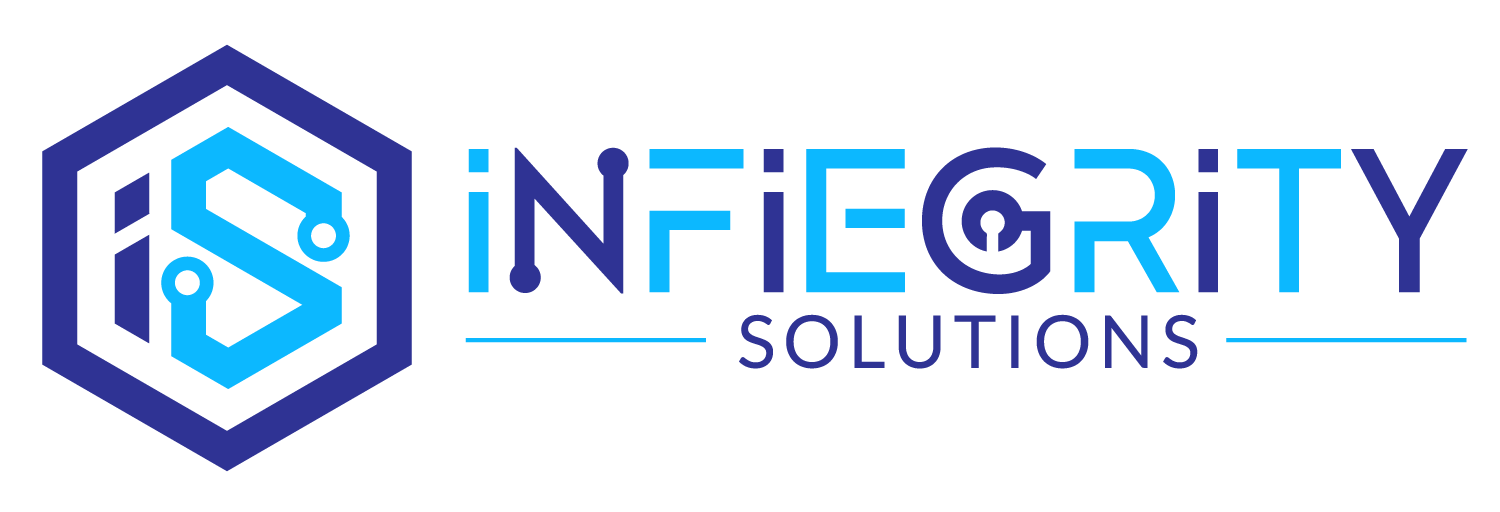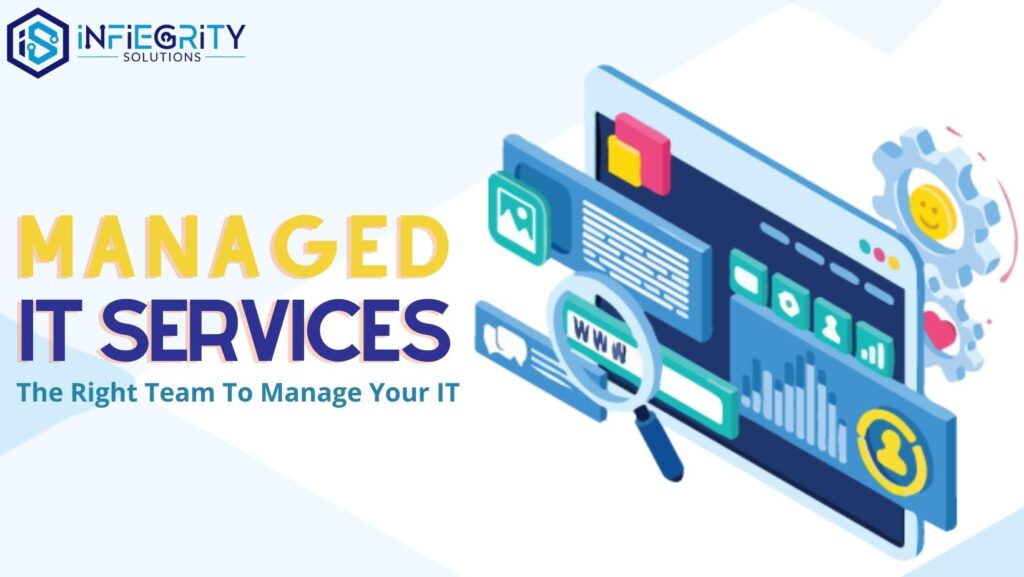Every business requires someone to manage IT in order for operations to run smoothly. Many moving parts keep small and medium-sized businesses (SMBs) running and their data safe, from computers and phones to networks and passwords. However, many SMBs lack the time, talent, or funds to keep IT tasks in-house.
Here is when the best managed IT services can help. You can take help from the experts at InfieGrity Solutions.
SMBs can benefit from MSPs by receiving IT support at a significantly lower cost than creating a comparable in-house team. Furthermore, MSPs and other managed cloud service providers can provide a wealth of experience from actively managing multiple client accounts that in-house teams would not have.
Contracting with an MSP and cloud managed service allows organisations to forecast their monthly, quarterly, and yearly managed IT support expenditures, freeing SMBs from having to focus on this area of operational readiness. This enables SMBs to concentrate on growing their businesses rather than worrying about day-to-day IT issues or requirements.
Another advantage for the managed IT service provider is increased opportunities for cybersecurity expertise and successfully implemented cybersecurity policies. MSPs work with standards like PCI compliance on a daily basis, and they should be able to steer an organisation within the parameters and regulations that it must follow. This type of regulatory compliance is mandatory for some organisations, particularly those in finance, healthcare, education, and other industries, and requires the expertise and experience that an aws managed service provider can provide.
MSPs can mitigate risk in this way while also ensuring that the experts in charge of your IT managed support services operations are always up to date and latest on the trends.
At the beginning of enterprise computing, information technology services and management were on a break/fix basis, which meant that computer systems were only managed by an expert when they did not work, necessitating a technician to fix it. Because of the rapid growth of small IT shops specialising in these small-scale client services, this technician may also be the person who built or installed the computer system.
However, as time passed, computer manufacturing grew to a large scale, leaving the small managed IT security services dealer to focus less on manufacturing and more on break/fix. This system was time-consuming, labor-intensive, expensive, and reactive. It did not give the technician enough room to expand their business or take on new clients without massive investments in labour and infrastructure.
As the number of computing devices increased year after year, the gap between break/fix technicians and the number of computers they could reasonably service under the break/fix model widened. To meet this need, managed IT solutions emerged in the early 2000s, departing from the break/fix model.
This new, proactive approach to IT was lauded for attempting to perform routine maintenance, upgrades, system monitoring, and issue resolution in order to prevent problems from occurring. Automation improved internet capabilities, and cloud computing enabled remote monitoring and issue resolution, resulting in more efficient processes and resource consolidation.


